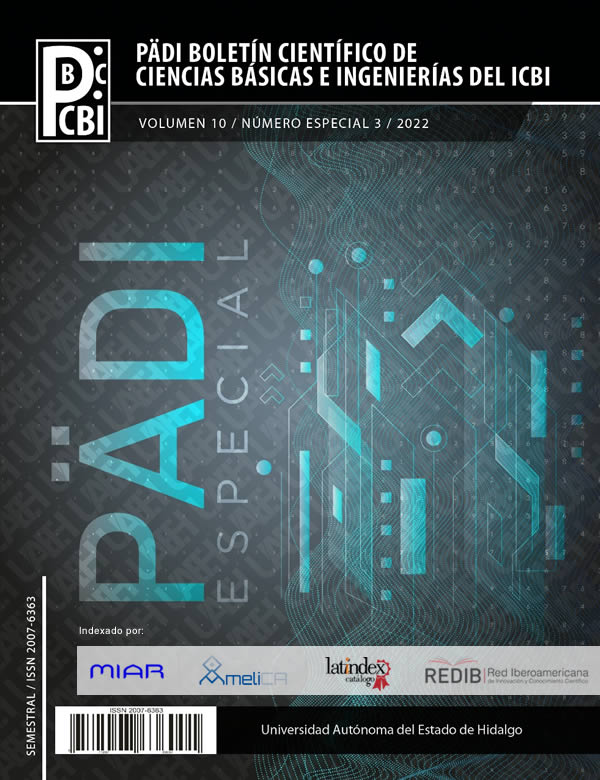Adaptability in a bipedal exoskeleton control task for assisted physiotherapy
Abstract
Robot-assisted physiotherapy represents one of the best treatment alternatives due to the precision and adaptability not only in the human-robot interaction forces, but also in the amplitude and frequency modulation of the reference trajectories. In this article, a modulation principle of the bipedal gait cycle is established, on the sagittal plane, and particularly focused on hip and knee bone structures. One of the contributions responds to the design of space-time polynomials from the gait pattern originally defined as a percentage of the cycle. The source of modulation is established from effort or intention. The robotic system used in the simulation is inspired by the Lokomat Robot in closed loop with PD plus control. The main objective of the work is characterized the joint performance of the hip and knee of both lower extremities during the gait cycle, through the polynomial approximation of the joint function of said references. The characteristic curve serves as a reference
for the automatic control of a robotic physical therapy assistance system. Evidence of controller tracking and normal gait pattern synthesis is shown.
Downloads
References
Barroso, F., Santos, C., and Moreno, J. C. (2013). Influence of the robotic exoskeleton lokomat on the control of human gait: An electromyographic and kinematic analysis. In 2013 IEEE 3rd Portuguese Meeting in Bioengineering (ENBENG), pages 1–6.
Benito-Penalva, J., E. D. J. O. E. C.-M. L.-B. R.-M. N. C.-U. T. J. M. V.-S. J. V.-S. J. y. M. J. (2012). Gait training in human spinal cord injury using electromechanical systems: Effect of device type and patient characteristics. Archives of Physical Medicine and Rehabilitation, 93(3):404?412.
Bernhardt, M., Frey, M., Colombo, G., and Riener, R. (2005). Hybrid forceposition control yields cooperative behaviour of the rehabilitation robot lokomat. In 9th International Conference on Rehabilitation Robotics, 2005. ICORR 2005., pages 536–539.
Christian Cifuentes, Fabio Martínez, E. R. (2019). Análisis teórico y computacional de la marcha normal y patológica: una revisión. REVISTA, 18(2):182–196.
Duschau-Wicke, A., Brunsch, T., Lunenburger, L., and Riener, R. (2008). Adaptive support for patient-cooperative gait rehabilitation with the lokomat. In 2008 IEEE/RSJ International Conference on Intelligent Robots and Systems, pages 2357–2361.
F. Barroso, C. Santos, J. C. M. (2013). Influence of the robotic exoskeleton lokomat on the control of human gait: An electromyographic and kinematic analysis. 2013 IEEE 3rd Portuguese Meeting in Bioengineering (ENBENG).
Maggioni, S., Stucki, S., Lünenburger, L., Riener, R., and Melendez-Calderon, A. (2016). A bio-inspired robotic test bench for repeatable and safe testing of rehabilitation robots. In 2016 6th IEEE International Conference on Biomedical Robotics and Biomechatronics (BioRob), pages 894–899.
Marcela Munera, Alexandra Marroquin, L. J. J. S. L.-C. G.-S. R.-L. E. R.-C. A. C. (2017). Lokomat therapy in colombia: Current state and cognitive aspects. 2017 International Conference on Rehabilitation Robotics, pages 394–399.
Mónica Alcobendas-Maestro, Ana Esclarín-Ruz, R. M. C.-L. A. M. o.-G. G. P.- M. E. G.-V. J. L. R. M. (2012). Lokomat robotic-assisted versus overground training within 3 to 6 months of incomplete spinal cord lesion. Neurorehabilitation and Neural Repair, 26(9):1058?1063.













